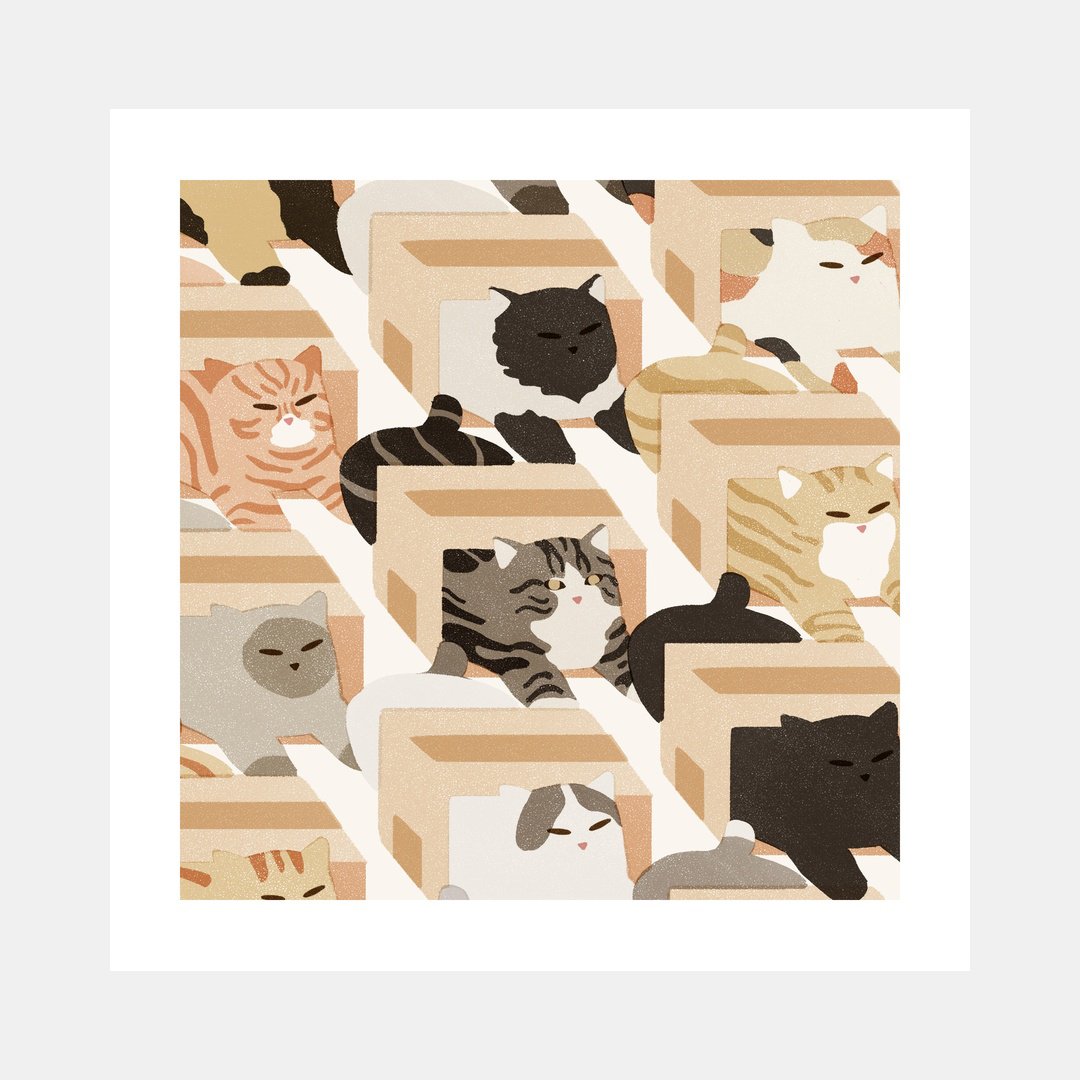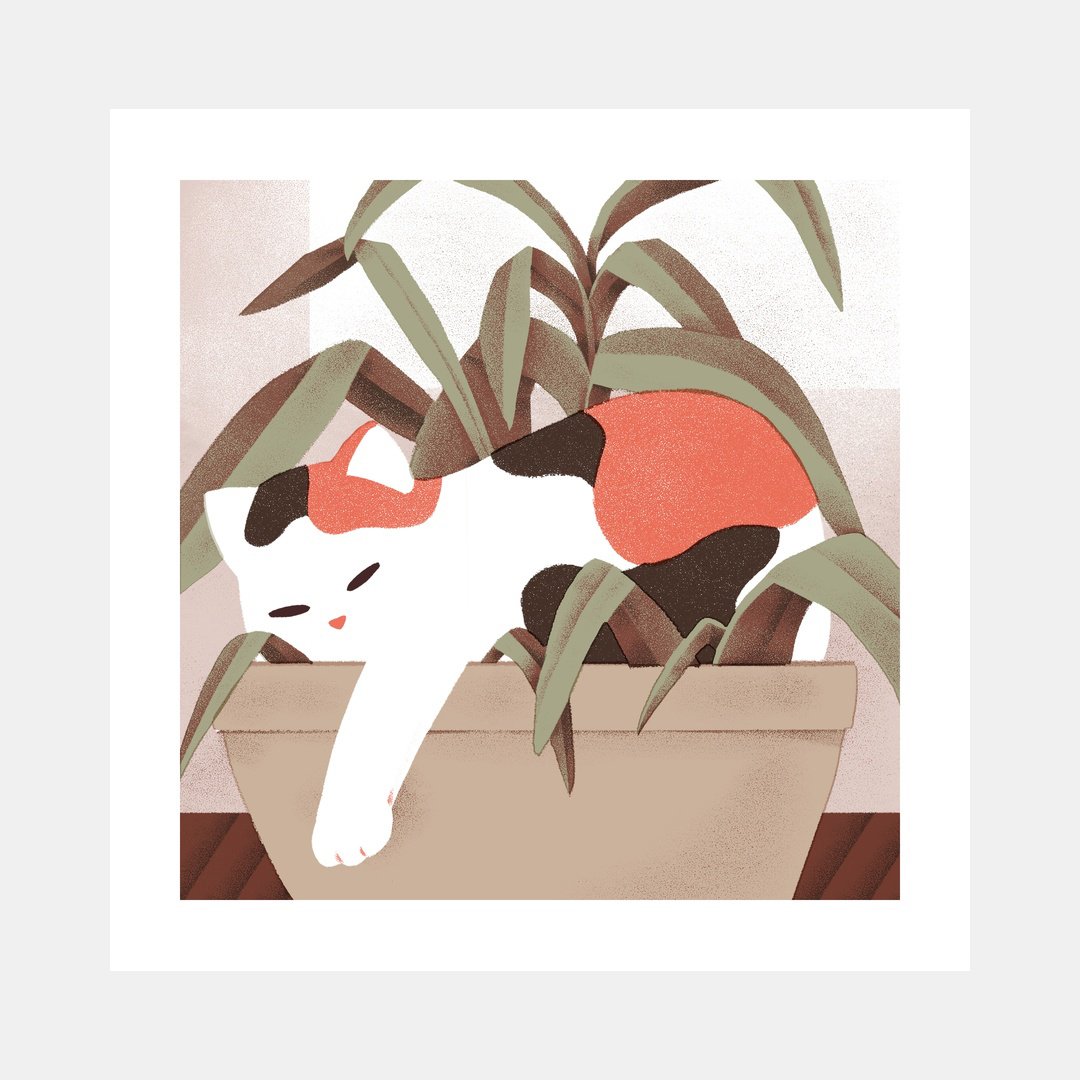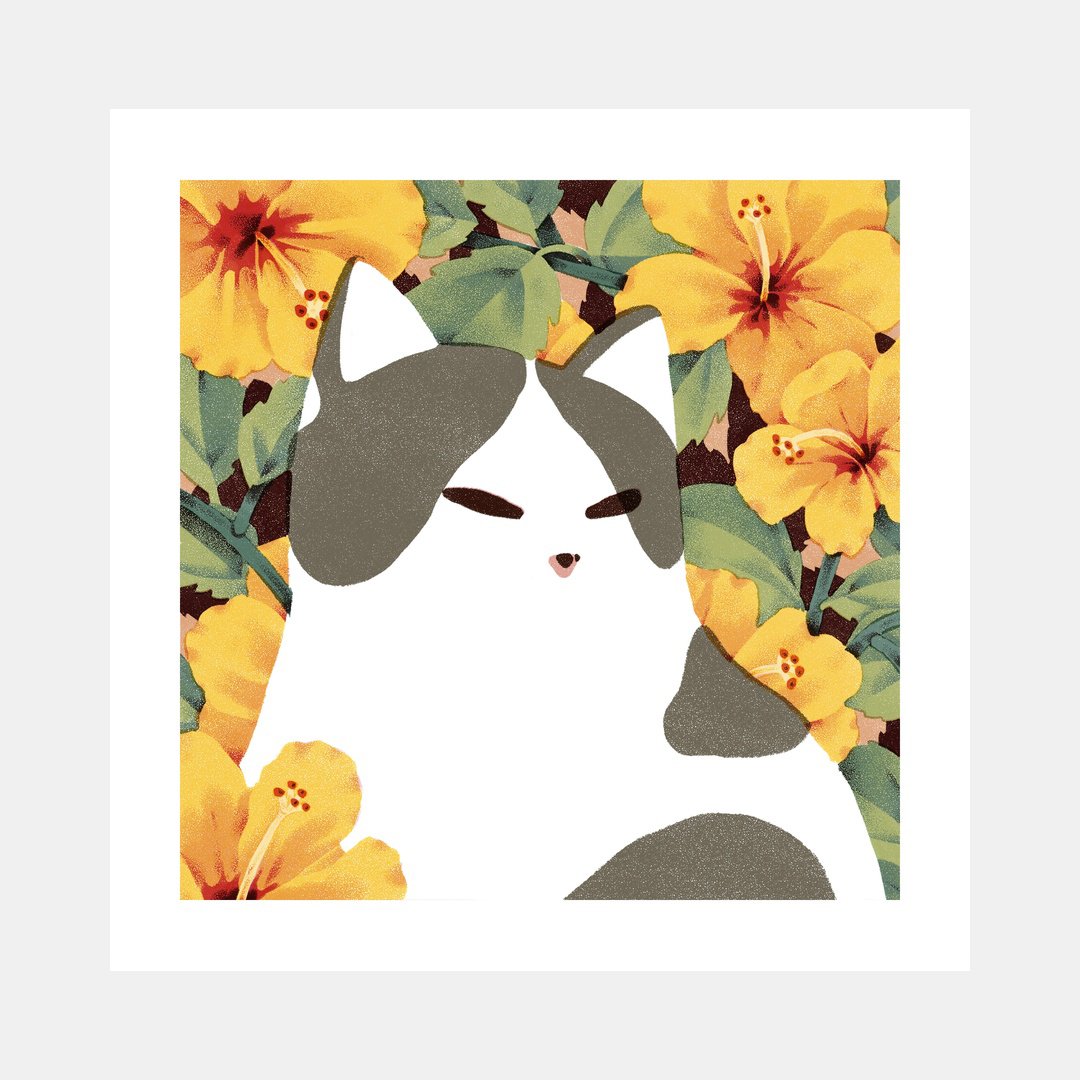Increasing Humidity for Indoor Plants
Especially for those winter months, our homes naturally fair on the dryer side and low humidity can be an issue for some plants. If the seasons are changing, plants going through stress is totally normal during transition. I find most waxy broad-leaved plants will be okay but what about the moisture hogs like ferns?
Ideal Humidity Level: 50%
For most homes, a comfortable level is 30-50% for both humans and plants. Certain varieties of plants require higher humidity but most average houseplants grow well within this range.
You can use a hygrometer to measure your humidity.
Symptoms of Low Humidity
Curled leaves
Dry leaf tips
Leaf or bud drop
Here are a few methods I use to raise the humidity around my plants.
❶ Pebble tray:
Place your pot on top of small pebbles (avoid having the bottom of the pot touch water: we don't want to actually water the plant). Be sure to rinse your pebbles every so often to wash away built up bacteria. This helps humidity for an individual plant.
❷ Sphagnum moss:
Nestle the nursery pot into a waterproof cachepot that is lined with dense moss. Keep it nice and damp! As the water evaporates, it'll release moisture into the air. This helps humidity for an individual plant.
❸ Humidifier:
Photographed is a very small Muji diffuser that would only be enough for a couple of plants. Use bigger humidifiers to reach larger areas for longer. Very important to human health is to clean these machines every 1-2 days! Bacteria builds up fast in these.
❹ Group Plant together:
As leaves transpire, they release moisture into the air, helping neighbouring plants by creating a microclimate.
Pair plants that have similar growing conditions. I found calathea and ferns go well together.
❺ Terrariums:
Smaller enclosed spaces naturally are more humid: think of it like a mini greenhouse. If your terrarium or enclosure is made of glass, be mindful of direct light it can magnify and get extremely hot: ventillation is key.
❻ Keep Heating Low:
It's more environmental (and easy on your bill) to keep heating on the lower side. It's a bit of a sacrifice but I've found this helps immensely with keeping our humidity significantly higher during the winter. Just bundle up on socks and sweaters.
A bonus to cool temperatures is that it allows for many houseplants to go into dormancy.
To Mist or Not to Mist?
Misting your plants to raise humidity is a myth. I personally don't bother as you'd have to mist your plants near constantly for it to actually raise the humidity: doing it 1-2 times a day is not going to do much. You're much better off with a humidifier or trying out the methods above. The main benefit to misting is simply cleaning the leaves. Certain plants that absorb water through their trichomes may enjoy misting, but it doesn't substitute proper soaking.
Below is a "trendy" mister I bought in my early years that I eventually gave away because I found misting ineffective (and it was sore on the thumbs). I don't particularly recommend these.
Although beautiful, a mister like this functions more like decor than a practical mister. And despite there being succulents in the photo: they should not be misted!
Support my Work by Purchasing an Art Print!
Related Posts:
















“Strelitzia” - the journey of my “Giant White” Nicolai variety and some cautions.